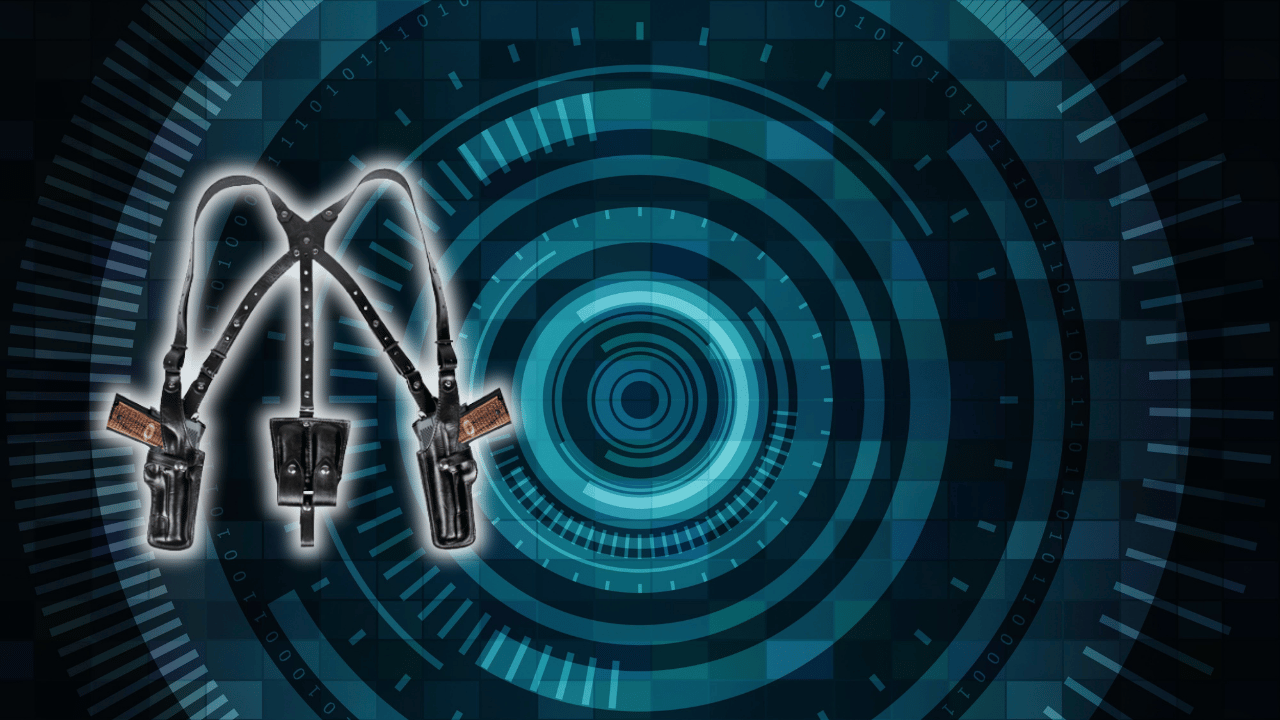Future Trends in Leather Products for Law Enforcement
Innovative Material Integration and Sustainability
 In the ever-evolving world of law enforcement gear, leather remains a staple due to its durability, flexibility, and classic appeal. However, the future is set to witness an innovative blend of traditional leather with high-tech materials, enhancing performance and sustainability. As agencies globally push for eco-friendly solutions, expect the rise of leather products that integrate recycled materials or are produced through environmentally-conscious processes.
In the ever-evolving world of law enforcement gear, leather remains a staple due to its durability, flexibility, and classic appeal. However, the future is set to witness an innovative blend of traditional leather with high-tech materials, enhancing performance and sustainability. As agencies globally push for eco-friendly solutions, expect the rise of leather products that integrate recycled materials or are produced through environmentally-conscious processes.
Manufacturers are already experimenting with bio-based leather alternatives that maintain the robust qualities of traditional leather while reducing the carbon footprint. These advancements not only meet the growing environmental regulations but also address public demand for sustainable practices. Law enforcement agencies can anticipate adopting gear that not only performs effectively in the field but also aligns with green standards, showcasing a commitment to sustainability.
Ergonomic and Adaptive Design
The future of leather products in law enforcement will also see a marked shift towards ergonomic and adaptive design. The focus will increasingly be on comfort and adaptability, recognizing the diverse needs and environments officers navigate daily. This trend is driven by advancements in design technology and an enhanced understanding of ergonomic principles.
Expect to see leather products that offer customizable fits and modular components, allowing officers to tailor their gear to specific missions or personal preferences. This adaptability will be crucial in maintaining comfort during long shifts while ensuring maximum efficiency and mobility in various conditions. Furthermore, the development of lightweight yet durable leather options will reduce the physical strain on officers, ultimately leading to improved job performance and satisfaction.
Smart Technology Integration
 Another exciting trend on the horizon is the integration of smart technology into leather products. As law enforcement operations become increasingly digitized, the demand for gear that can seamlessly interface with digital systems is growing. This transition is leading to the development of leather products equipped with built-in technology, such as RFID tags, biometric sensors, and GPS tracking.
Another exciting trend on the horizon is the integration of smart technology into leather products. As law enforcement operations become increasingly digitized, the demand for gear that can seamlessly interface with digital systems is growing. This transition is leading to the development of leather products equipped with built-in technology, such as RFID tags, biometric sensors, and GPS tracking.
These intelligent features are set to transform everyday items like belts, holsters, and jackets into multifunctional tools that enhance situational awareness and operational efficiency. Imagine a leather jacket that can monitor an officer’s vital signs or a holster that ensures weapons are securely tracked and accounted for at all times. Such innovations not only promise to elevate safety and performance but also streamline data collection and communication within the force.
In conclusion, the future of leather products for law enforcement is bright, with sustainability, technology, and ergonomic design at the forefront. As these trends take shape, law enforcement agencies stand to benefit from gear that not only enhances operational effectiveness but also aligns with contemporary values and operational needs. The transformation of leather products will undoubtedly play a pivotal role in shaping the future of law enforcement gear.












